Drive: Toyota Celica Turbo 4WD Carlos Sainz
Not quite a year ago we had the opportunity to get acquainted with the very first generation of the Toyota Celica. The occasion was a small tour of the friends of the Toyota Collection in Cologne. After the opening of this factory collection on every first Saturday of the month had to be cancelled for the time being due to the Corona pandemic, this tour made a meeting on wheels possible. No one suspected at the time that this crisis would last so long and continue to preoccupy us. So now there was a second edition of the ride. This time, however, specifically in good weather in the summer instead of in the autumnal rain. About 85 vehicles started at the Toyota Collection in Cologne Marsdorf in the direction of the Biggesee. One of them came directly from the factory collection and was reserved for us. Once again it was a Celica. However, this fiery red playmobile didn’t have much more than the name and the number of wheels in common with our vehicle from the previous year.
A popular read, now also test driven
A popular and often read article in the Secret Classics archive is about the Toyota Celica Turbo 4WD Carlos Sainz. Exactly this car was now available to us for a driving report as part of the summer drive. So we directly skipped three model generations and found ourselves behind the wheel of the fifth Celica. Not just any variant, but the homologation special model for Group A of the World Rally Championship transported us this time to the Sauerland area. Internally, this generation is known as T18, built between 1989 and 1994. The sports version was given the abbreviation ST185 and competed in the WRC from 1990. For this, Toyota had upgraded the sports coupé with all-wheel drive and a turbocharged engine. While in some markets it was called Celica GT-Four or Celica Turbo All-Trac, in Central Europe it was given the sober designation Celica Turbo 4WD. In road trim, 150 kW/204 hp from two liters of displacement were available.
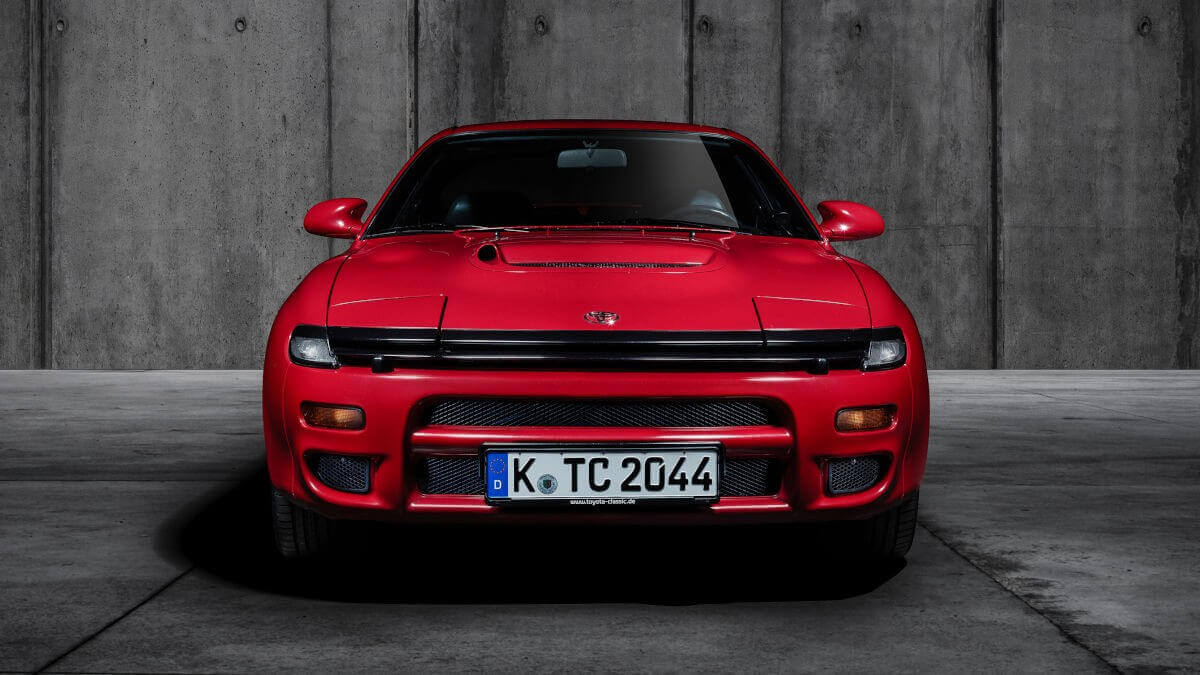



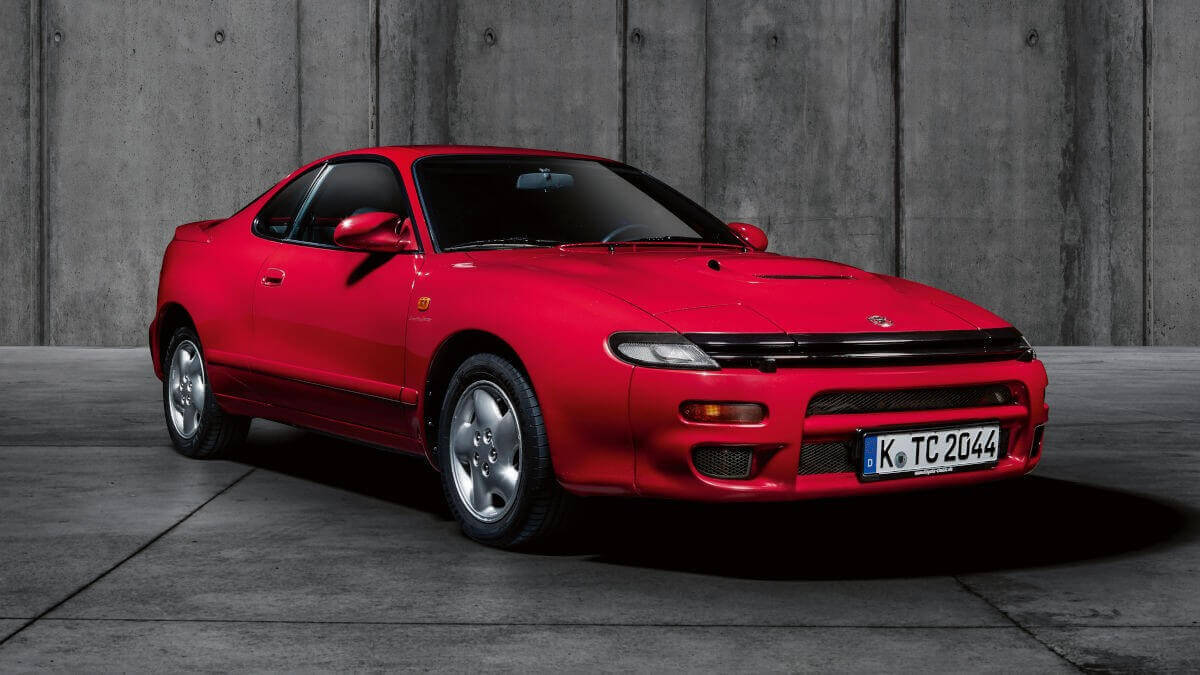



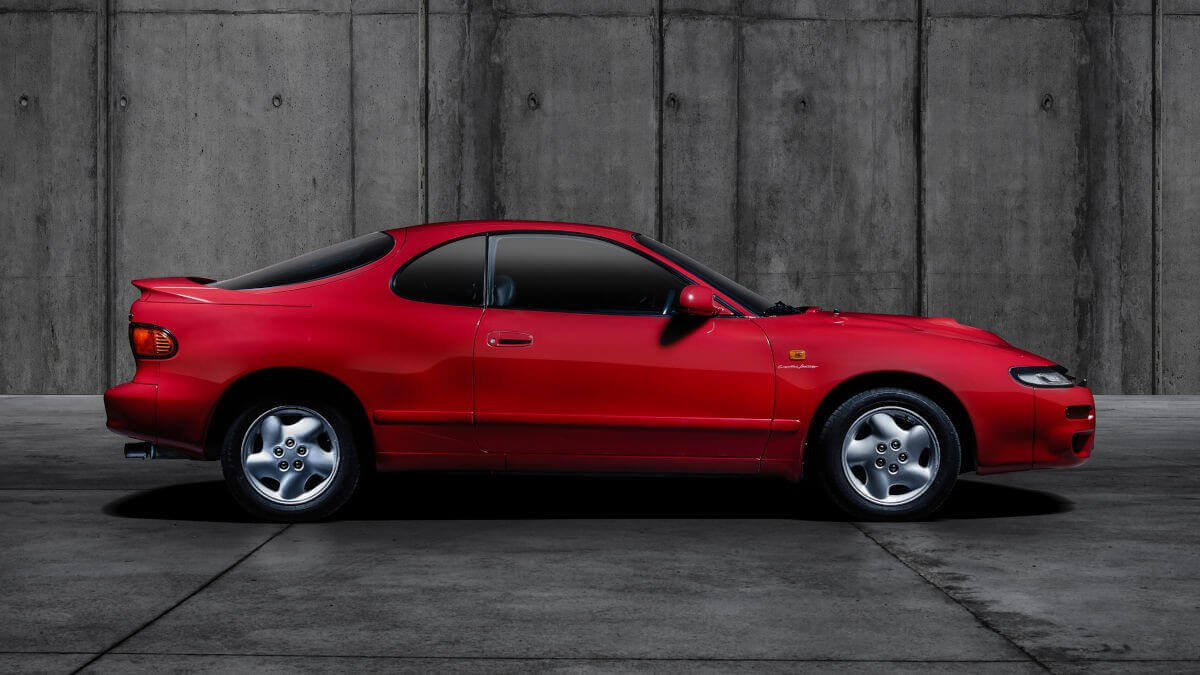



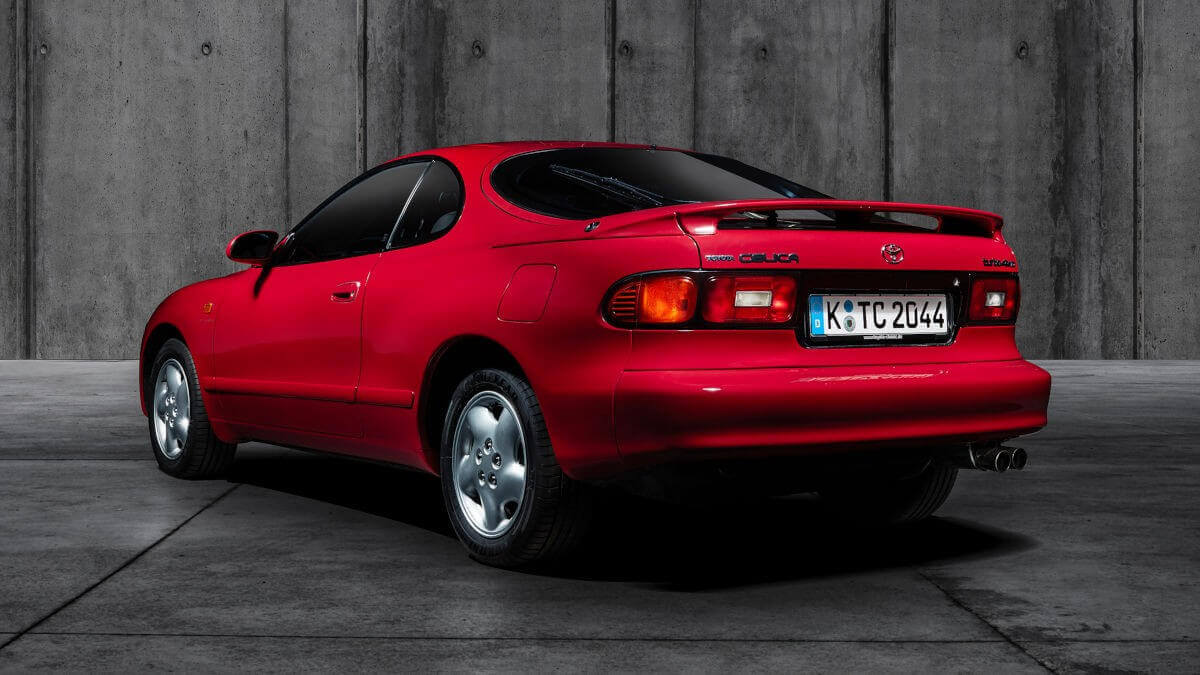



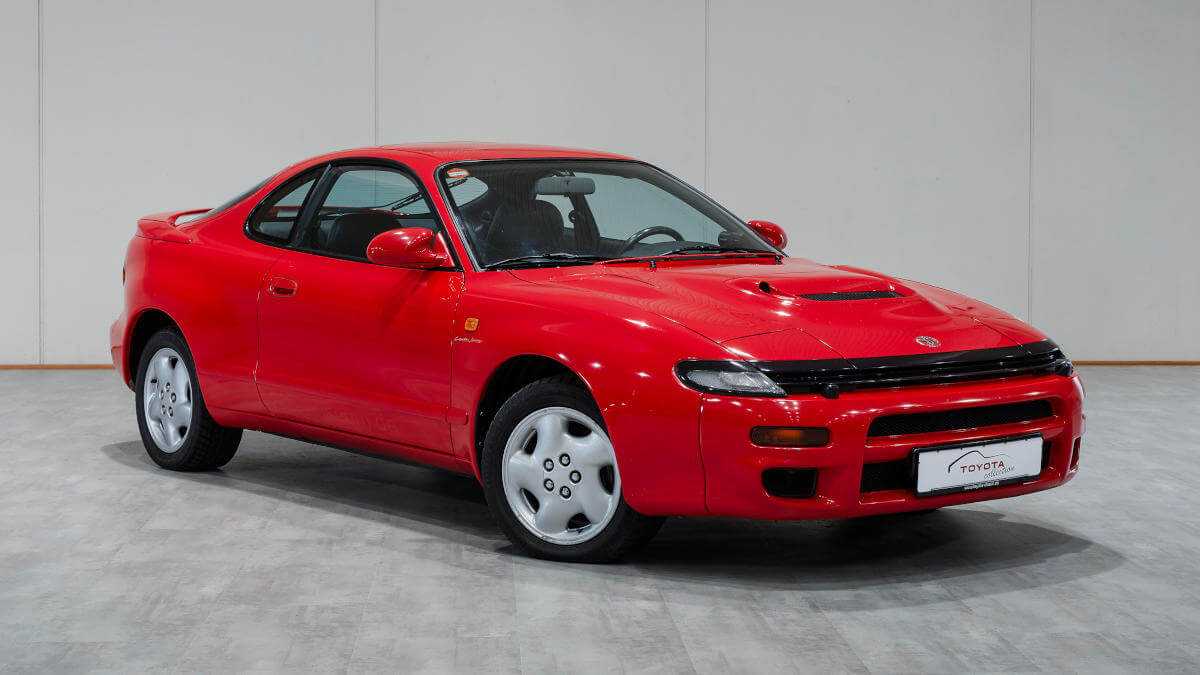



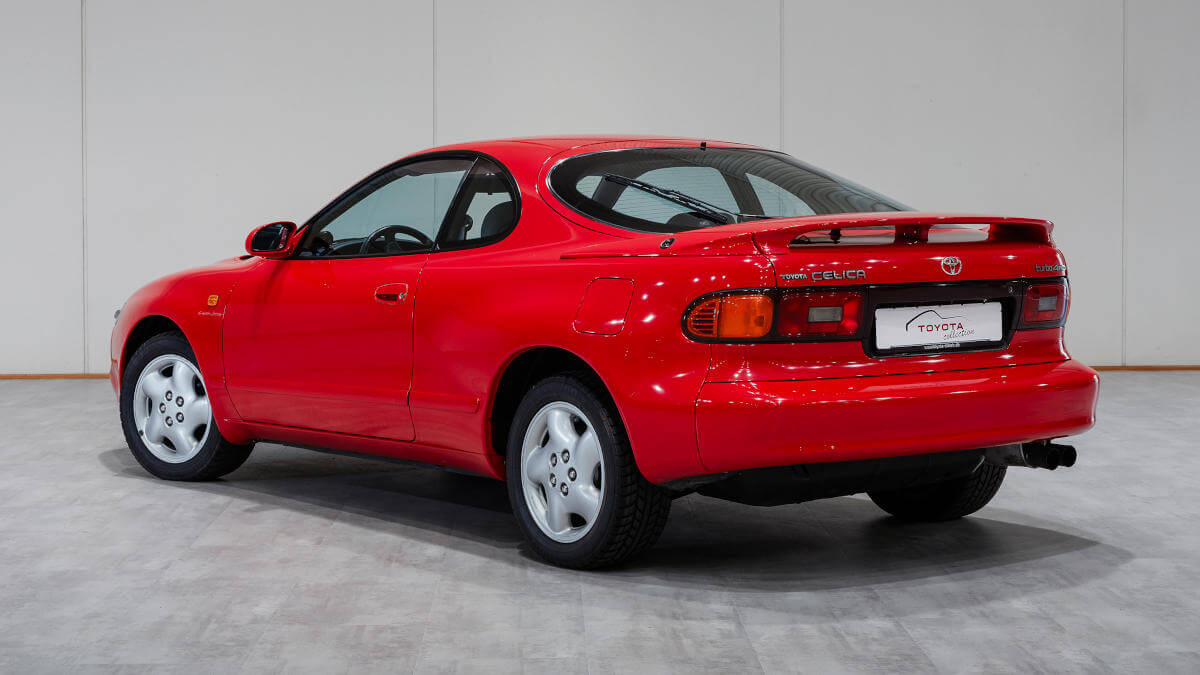



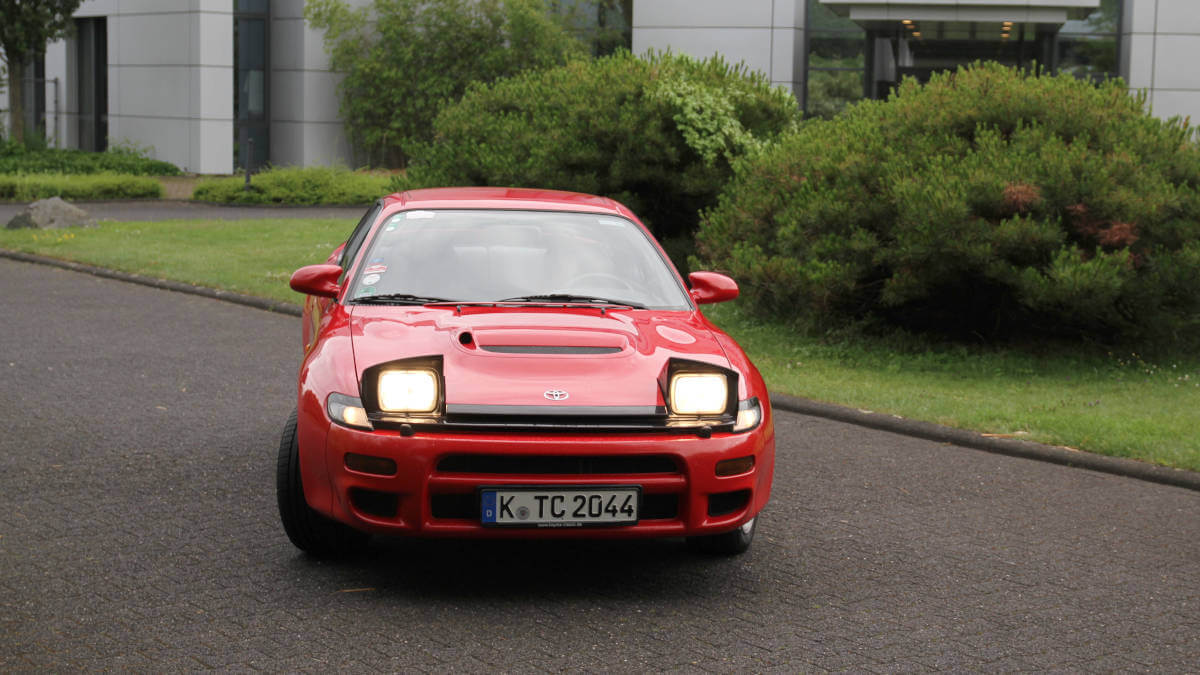



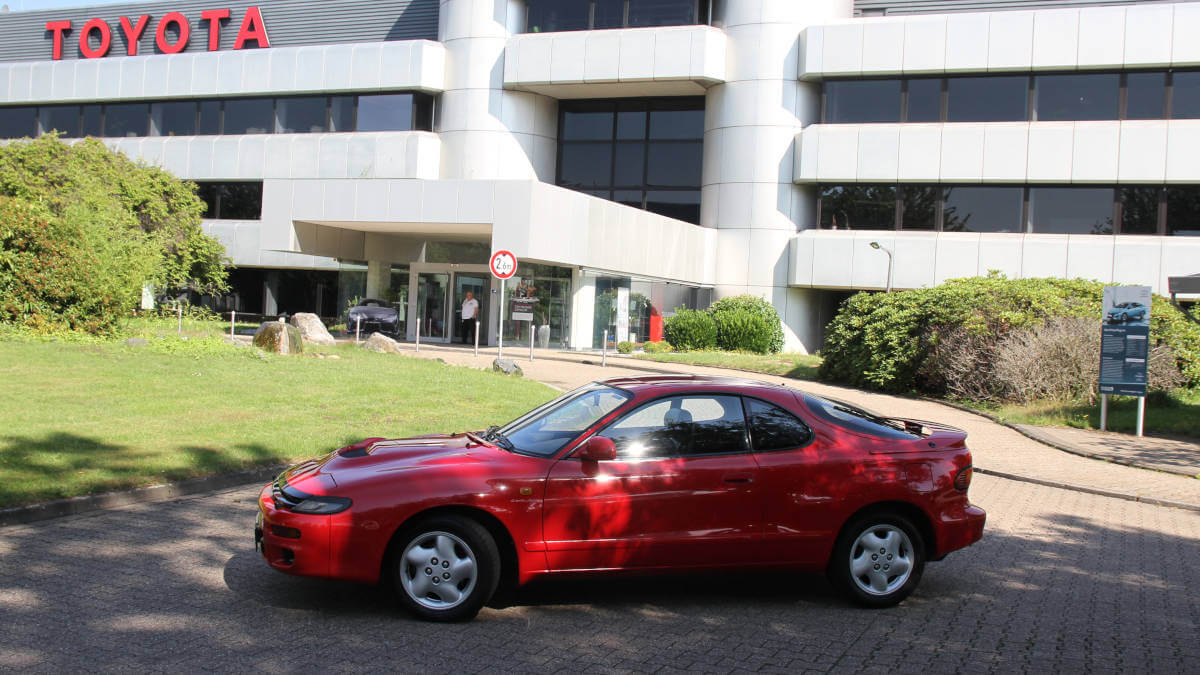



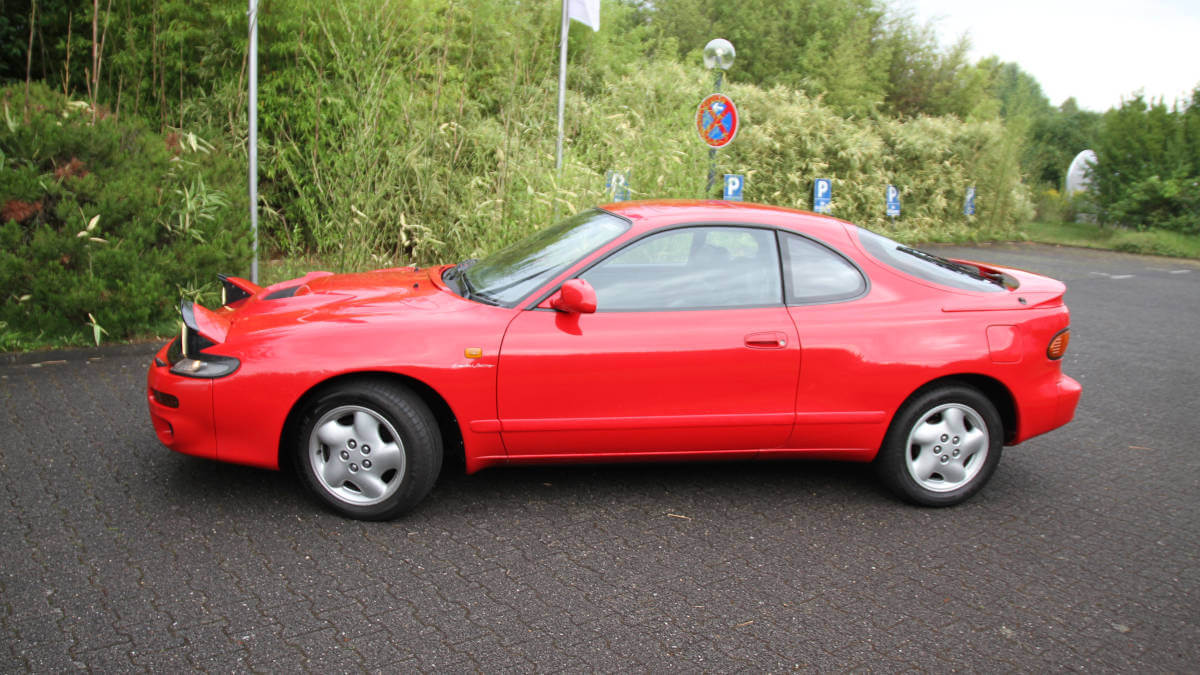



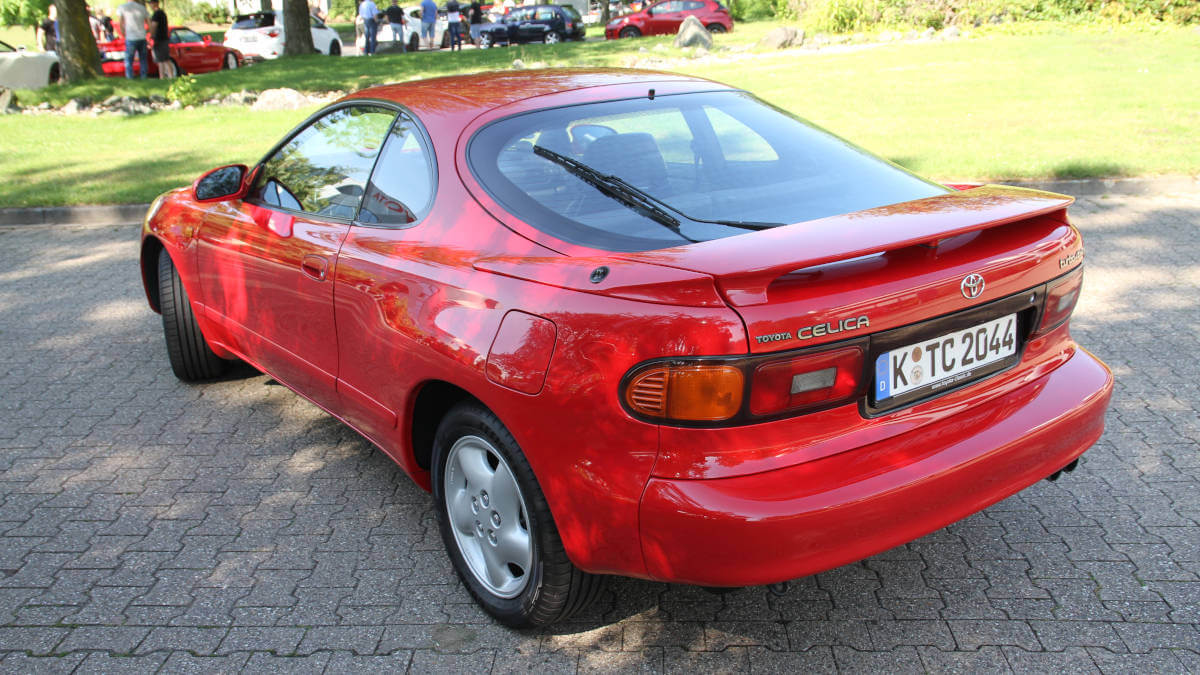



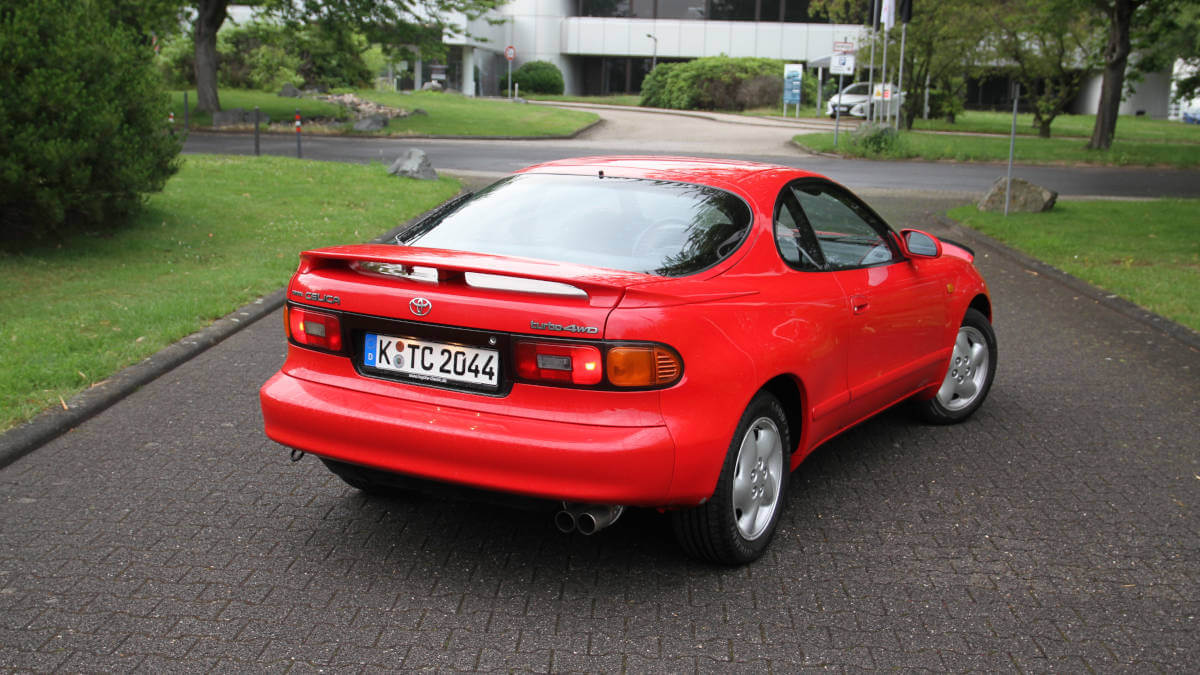



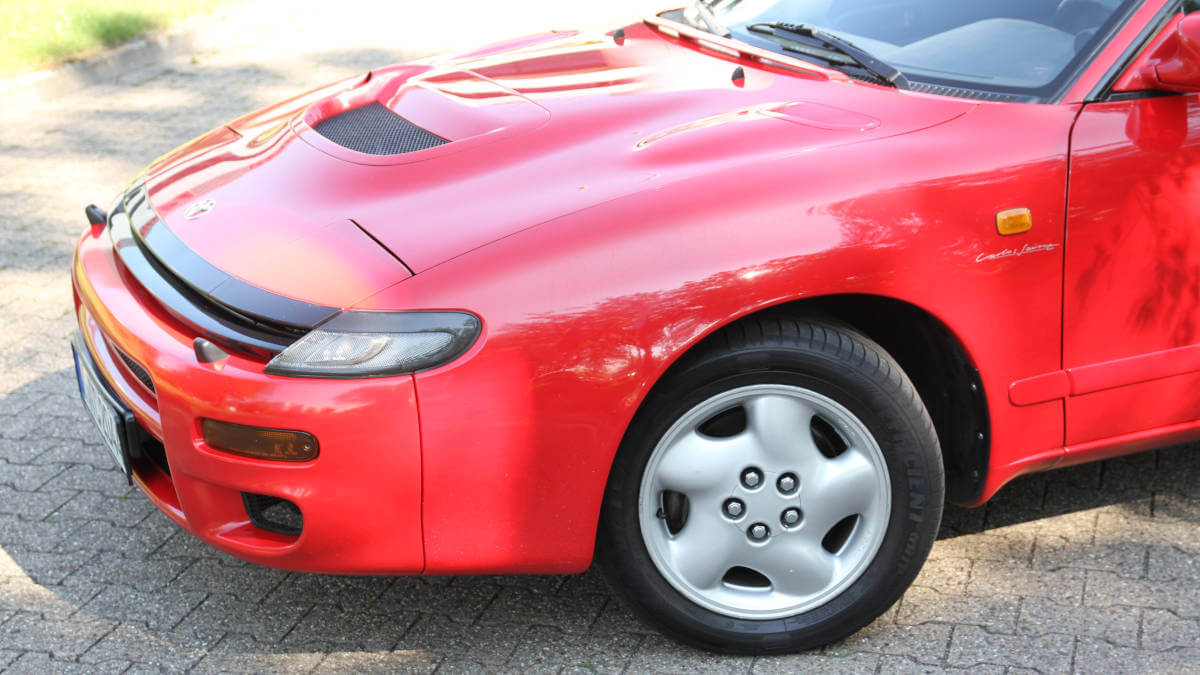



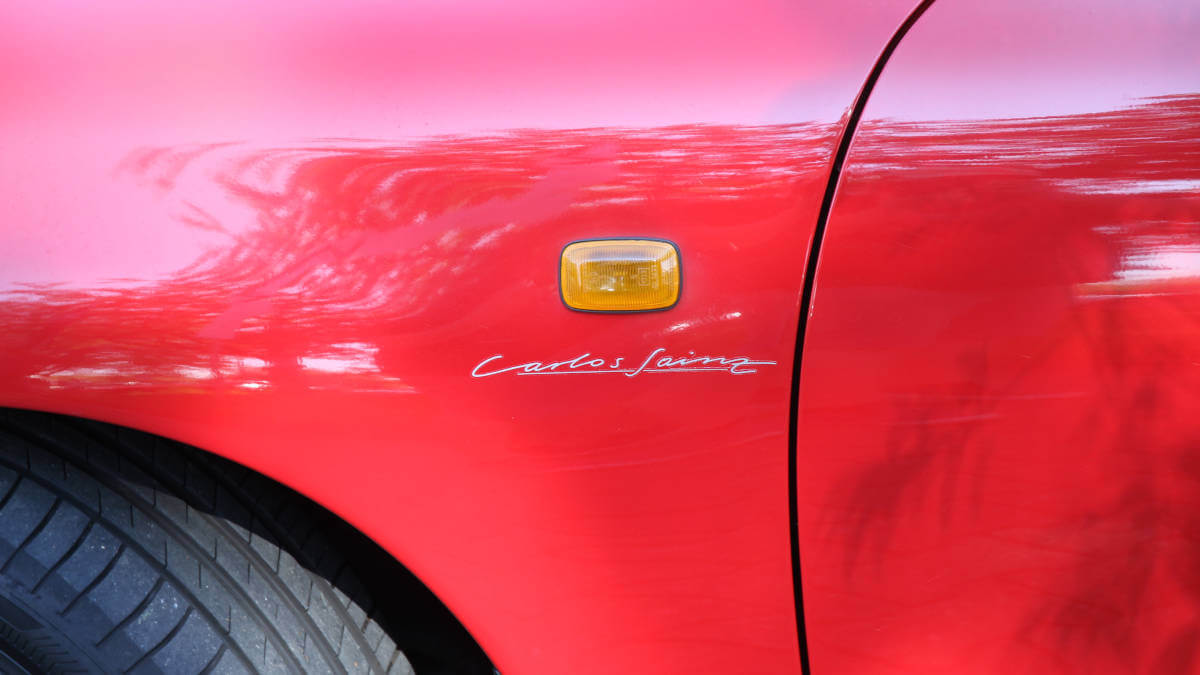



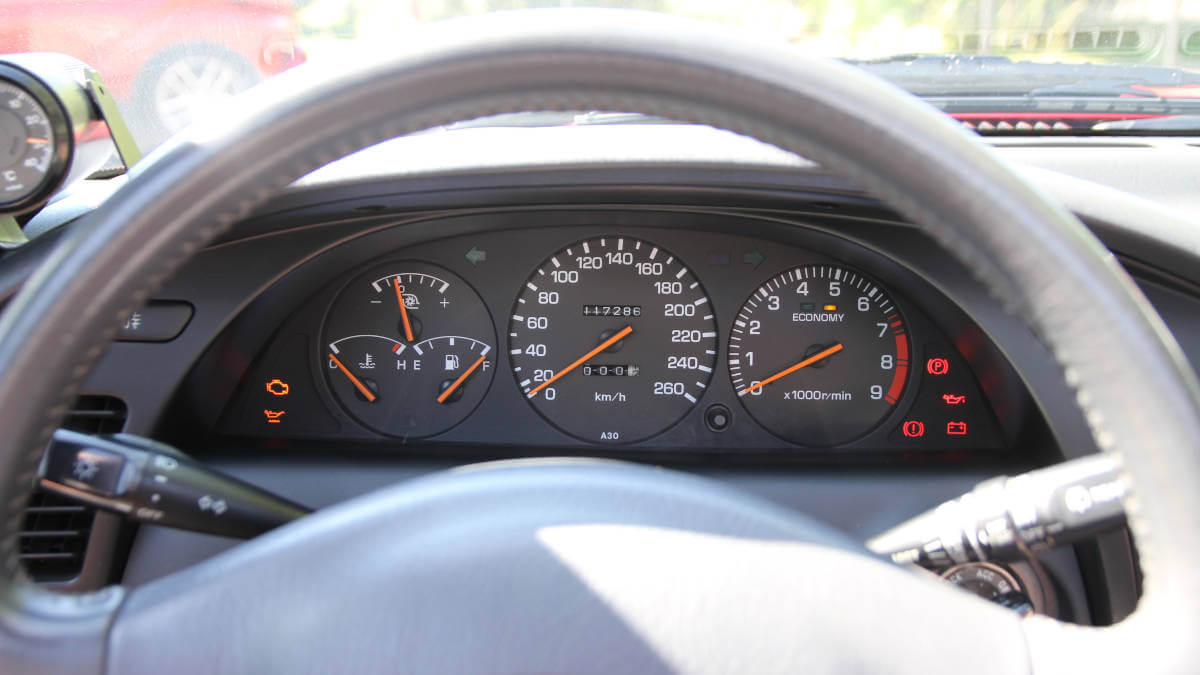



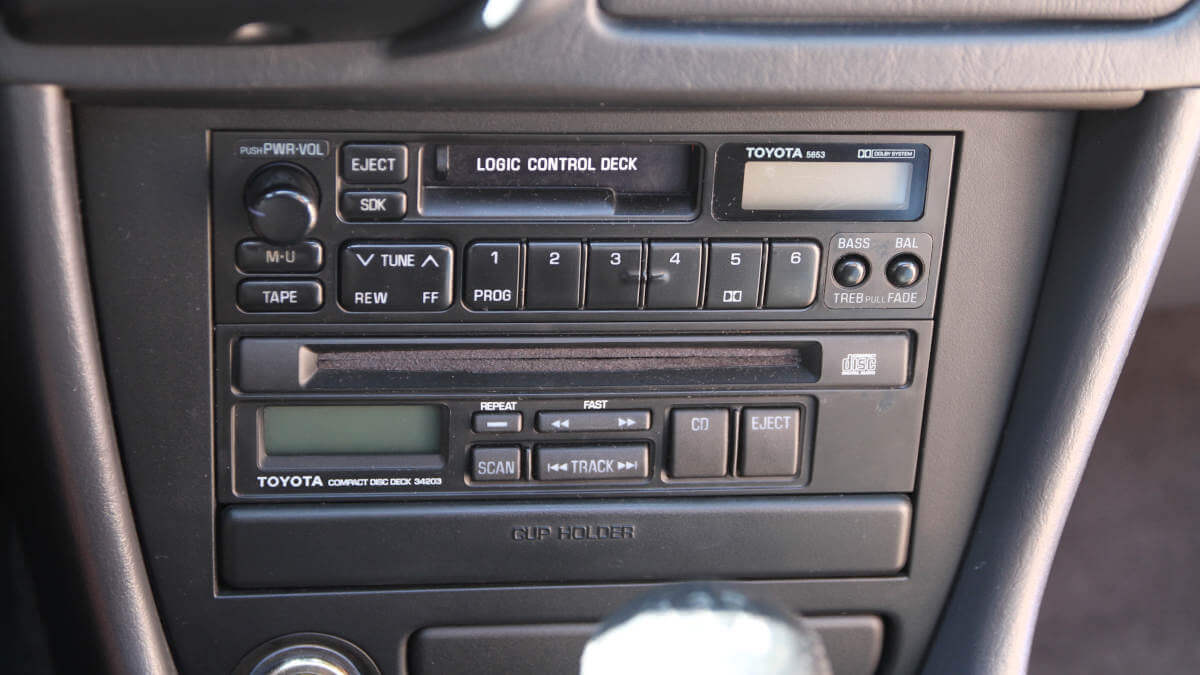



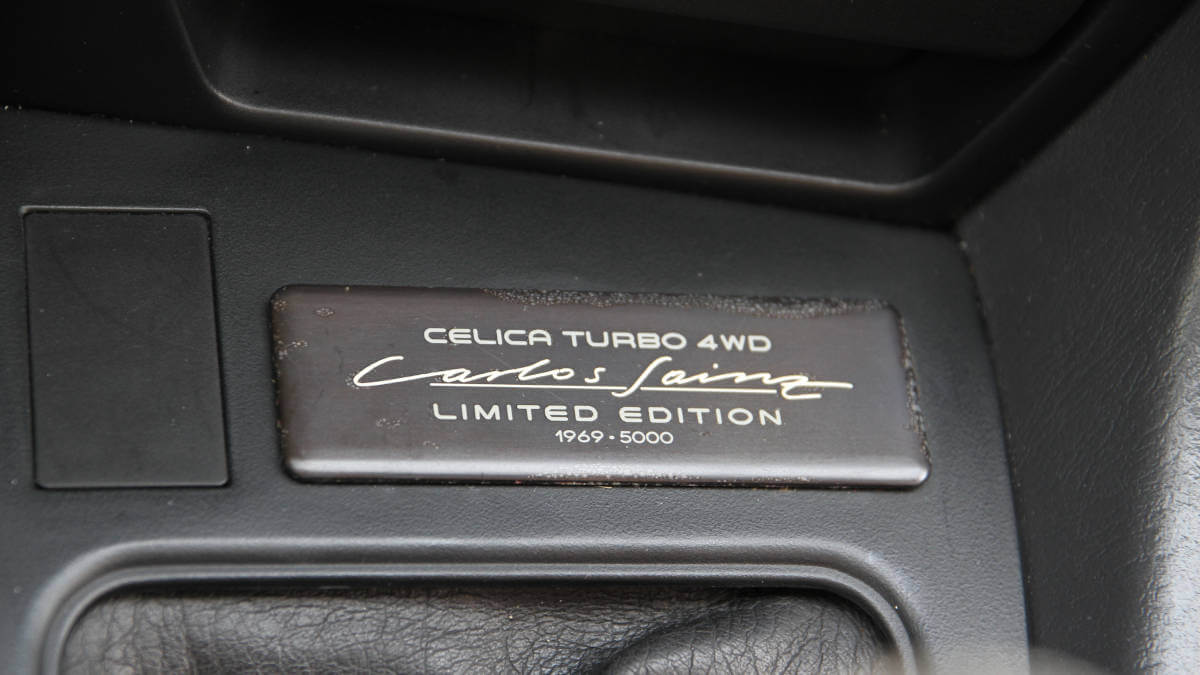



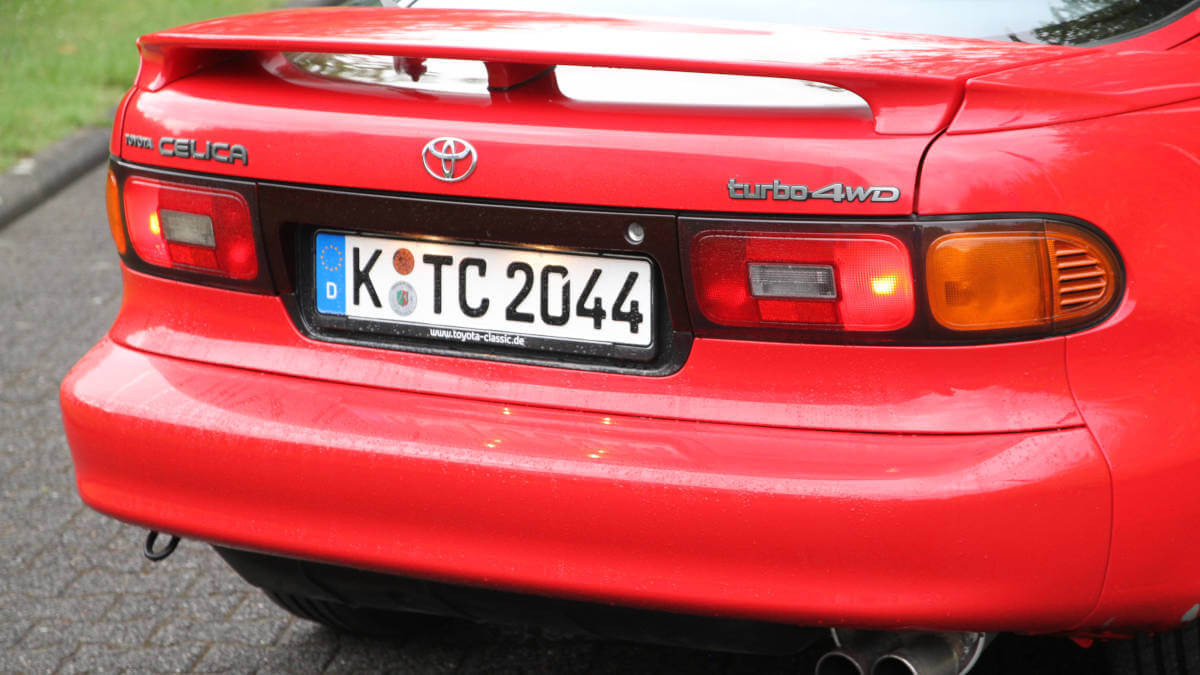



Further development of the Celica Turbo 4WD
In the rally world, nothing beats further developments. There are constantly areas on the car that could be improved by newly developed parts. However, the rules prohibit too many changes to the rally cars in use compared to the production cars. In order to be able to use – or in motorsport jargon: homologate – new components, a certain minimum number of road cars must be built and sold with these components. The rules of Group A, which dominated in the early 1990s, stipulated a minimum of 5,000 units for this purpose. If a manufacturer is successful in motorsport, the corresponding special edition models usually sell relatively well. This was also the case with Toyota, which made various modifications to the Celica for the 1991 IAA. The most striking detail was the new engine hood with more air intakes and exhaust openings. This allowed the installation of an intercooler above the engine, which could route its hot exhaust air directly to the outside. The resulting car was given the additional name Carlos Sainz and was produced exactly 5,000 times.
Brief history of Carlos Sainz
The Spaniard Carlos Sainz began his rally career in 1980 in small events in his home country. From 1987 he competed in the World Rally Championship. There he won the title in 1990 and 1992 together with Toyota. In 1998, he failed to do it again with his Corolla WRC a few meters before the finish line of the very last special stage of the year in the UK with an engine failure. In 2004, he took his 26th and last WRC rally victory, making him the most successful rally driver of all time for two years. Then he was replaced in this statistic by Sebastien Loeb. Since 2006, he has dedicated himself to endurance rallies such as the Dakar. He won this rally in 2010, 2018 (both in South America) and 2020 (Saudi Arabia). His son Carlos Sainz junior is also a racing driver and races for Scuderia Ferrari in Formula 1.
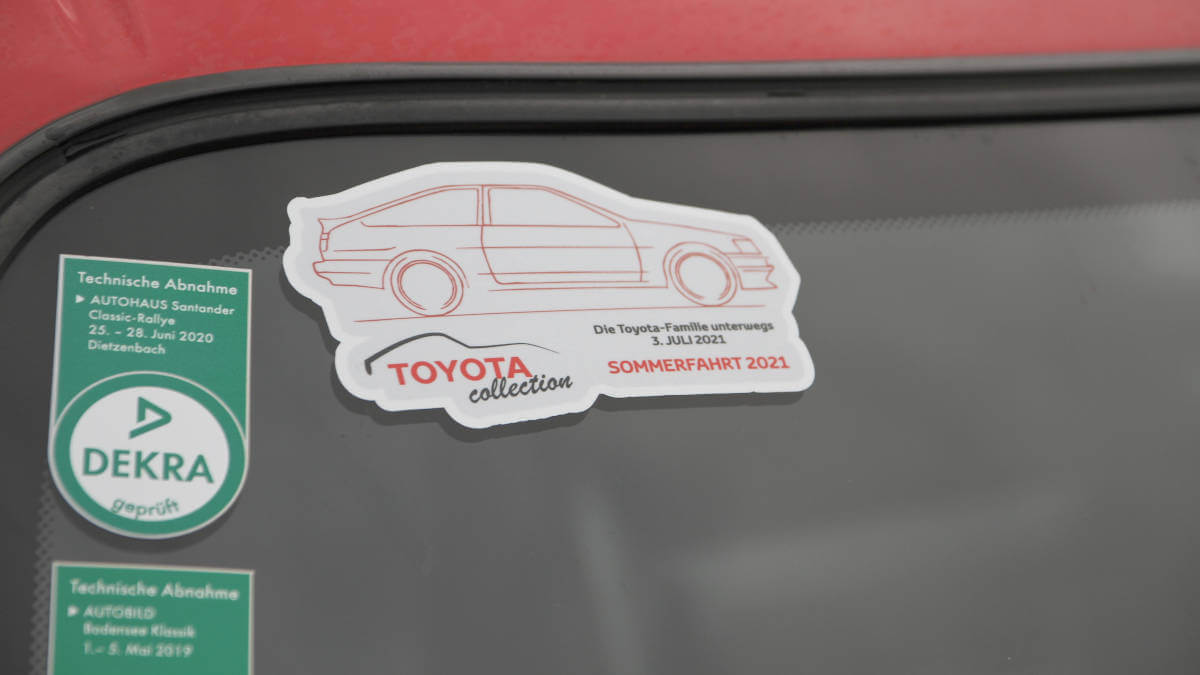



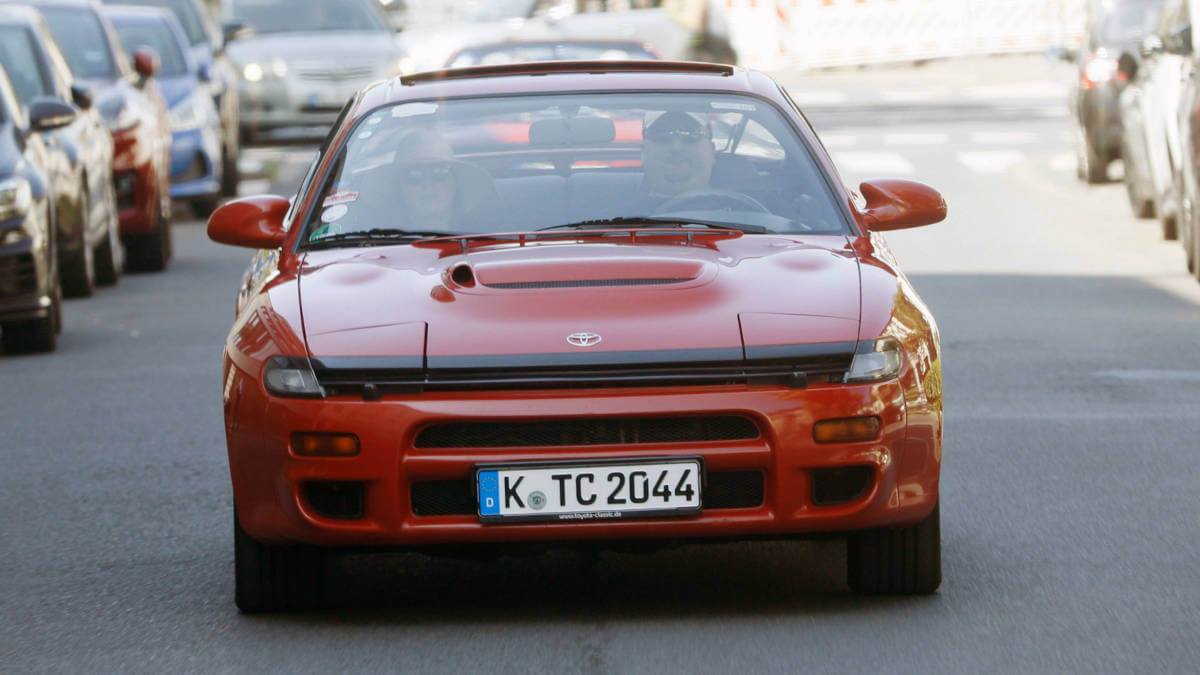



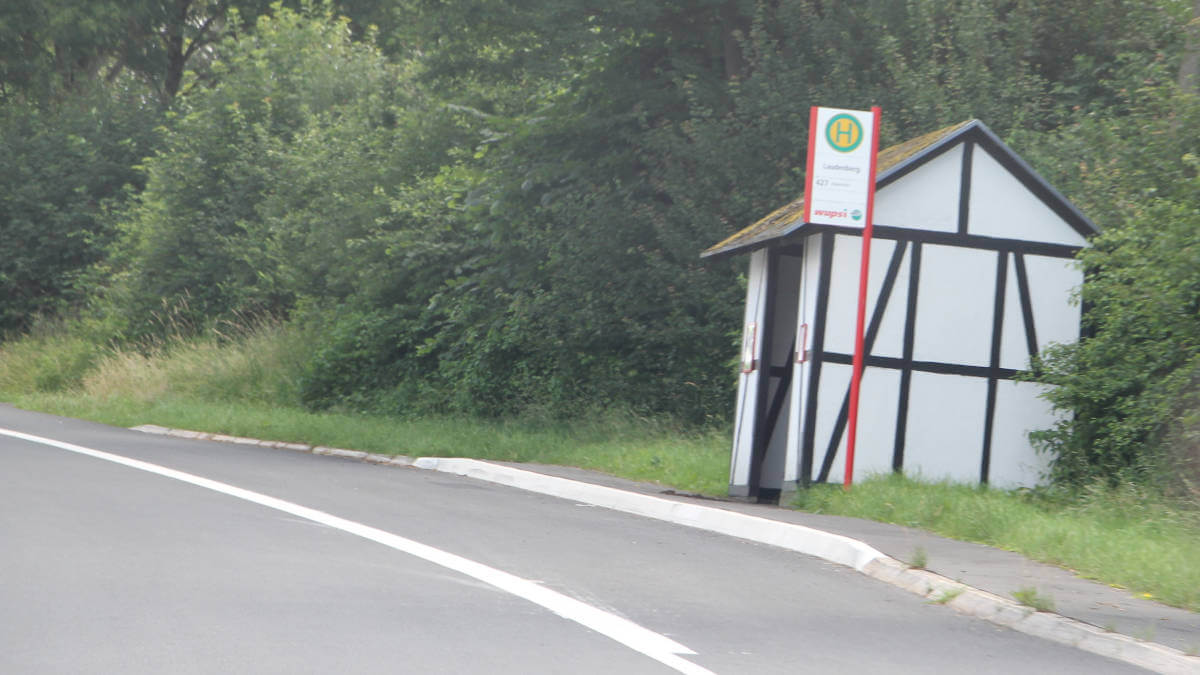



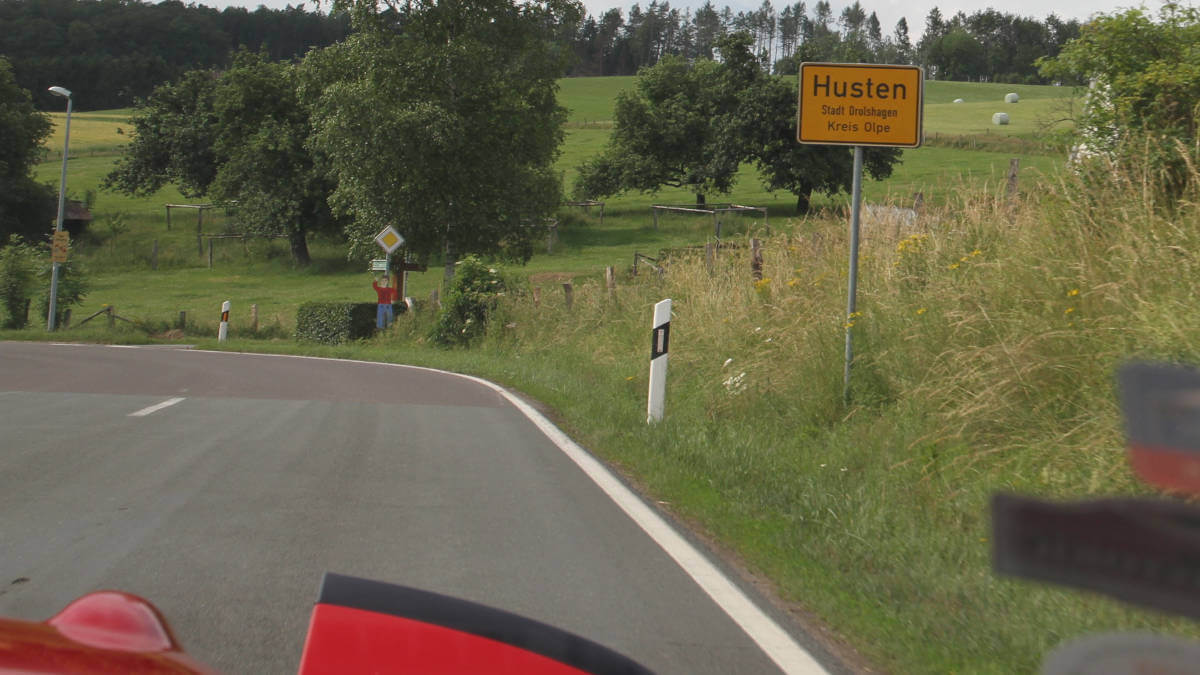



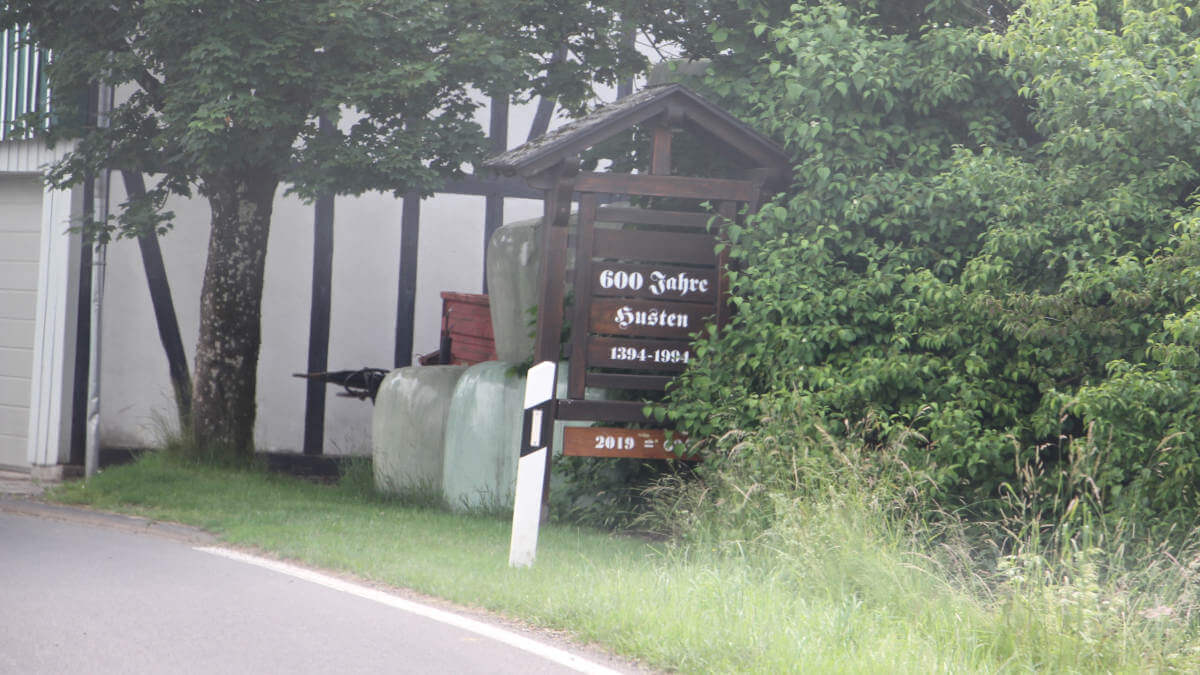



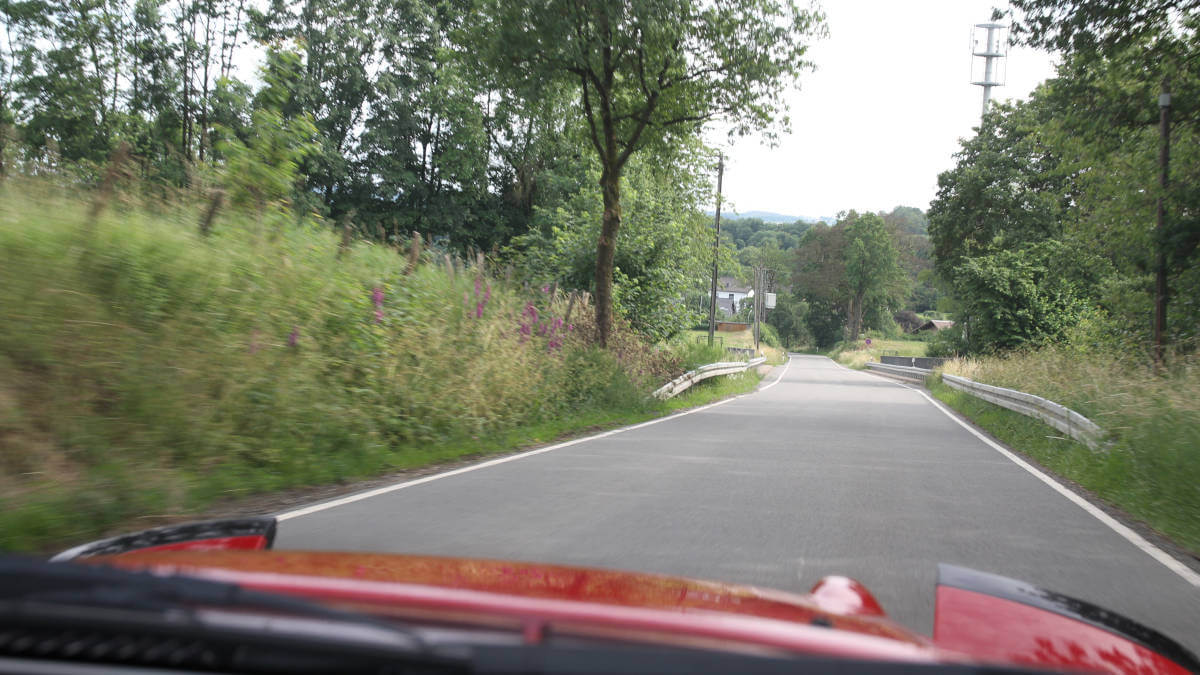



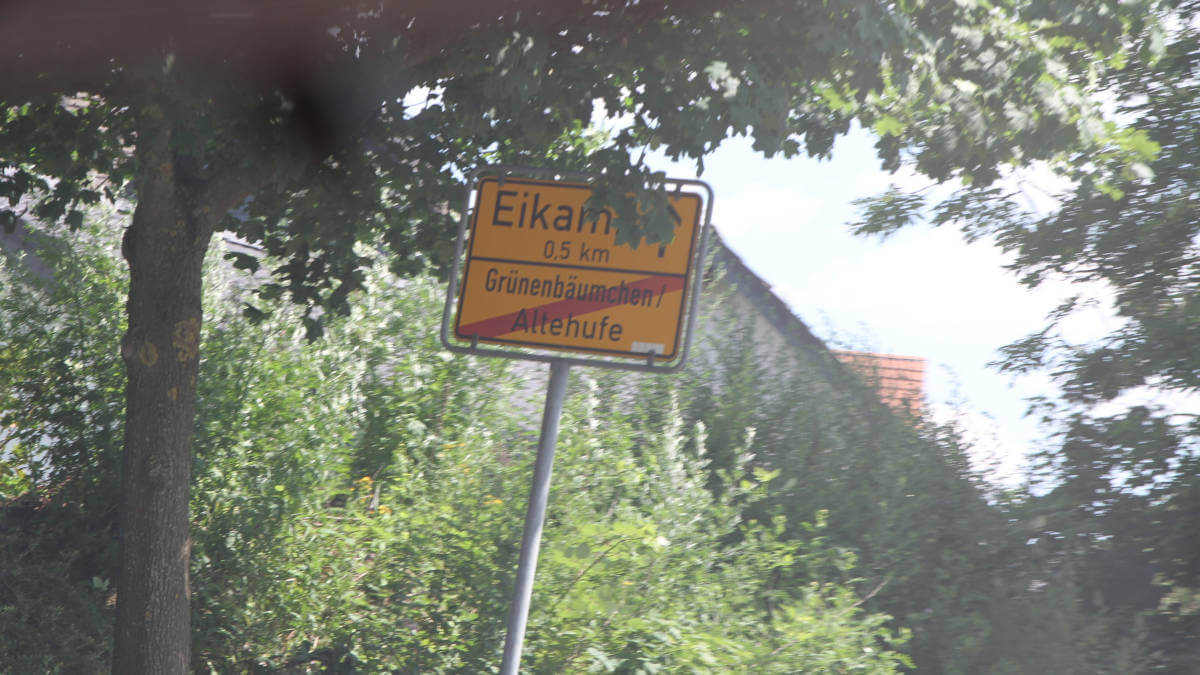



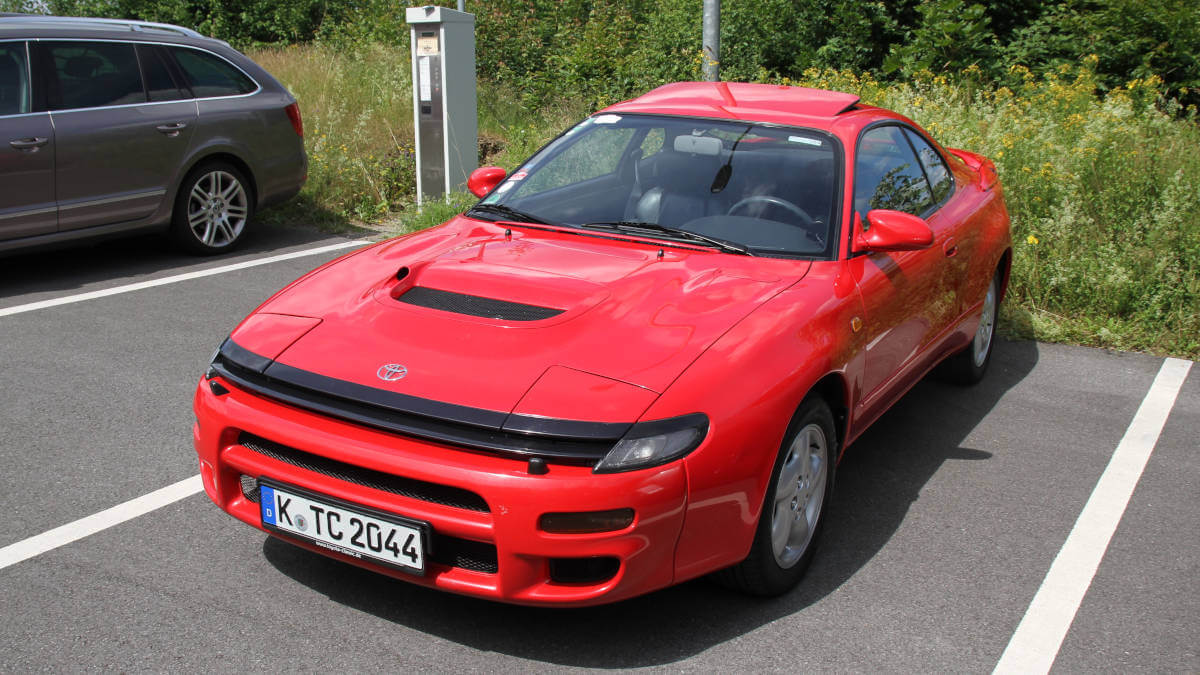



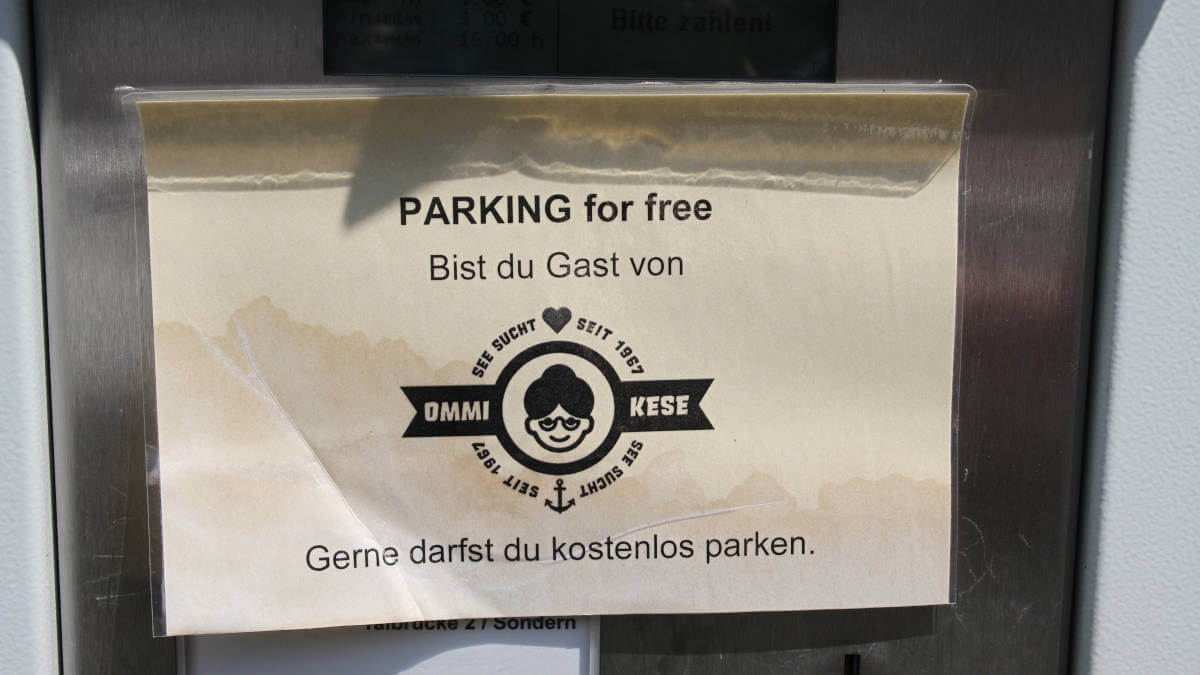



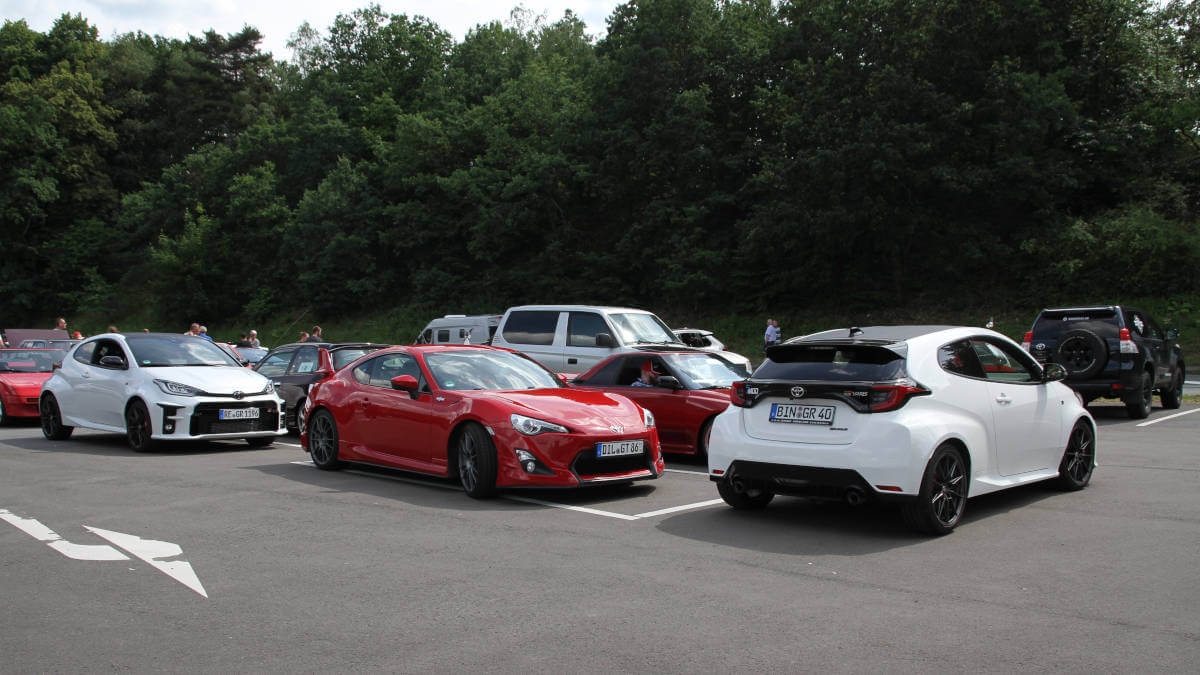



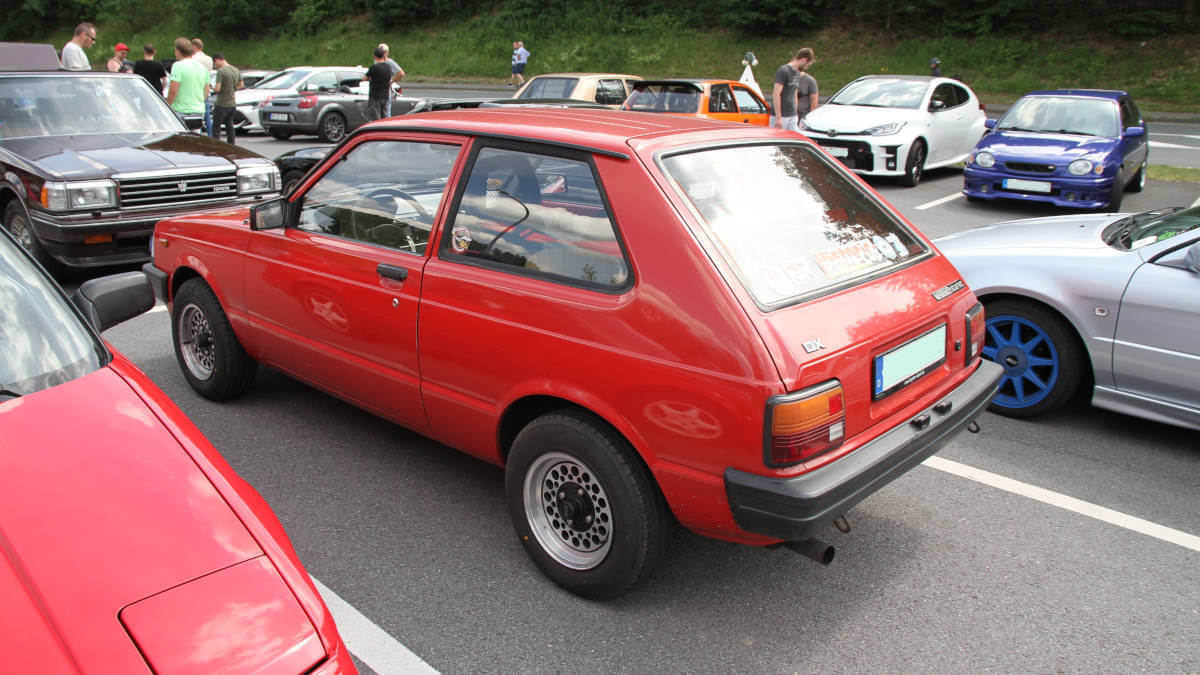



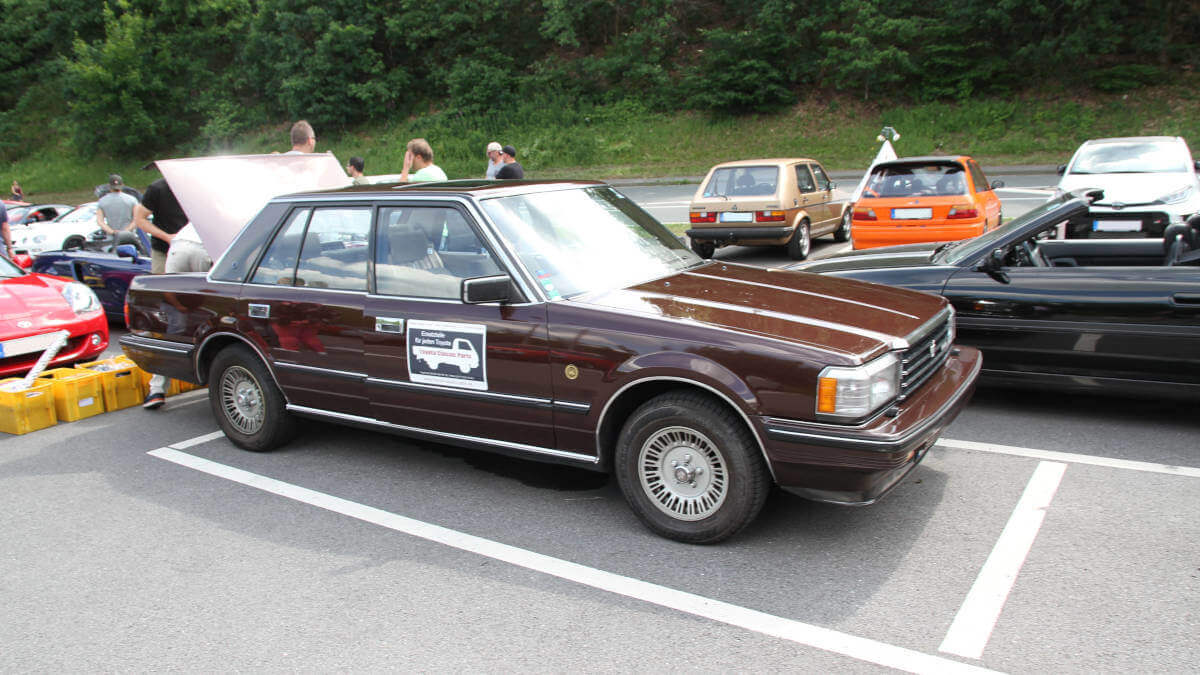



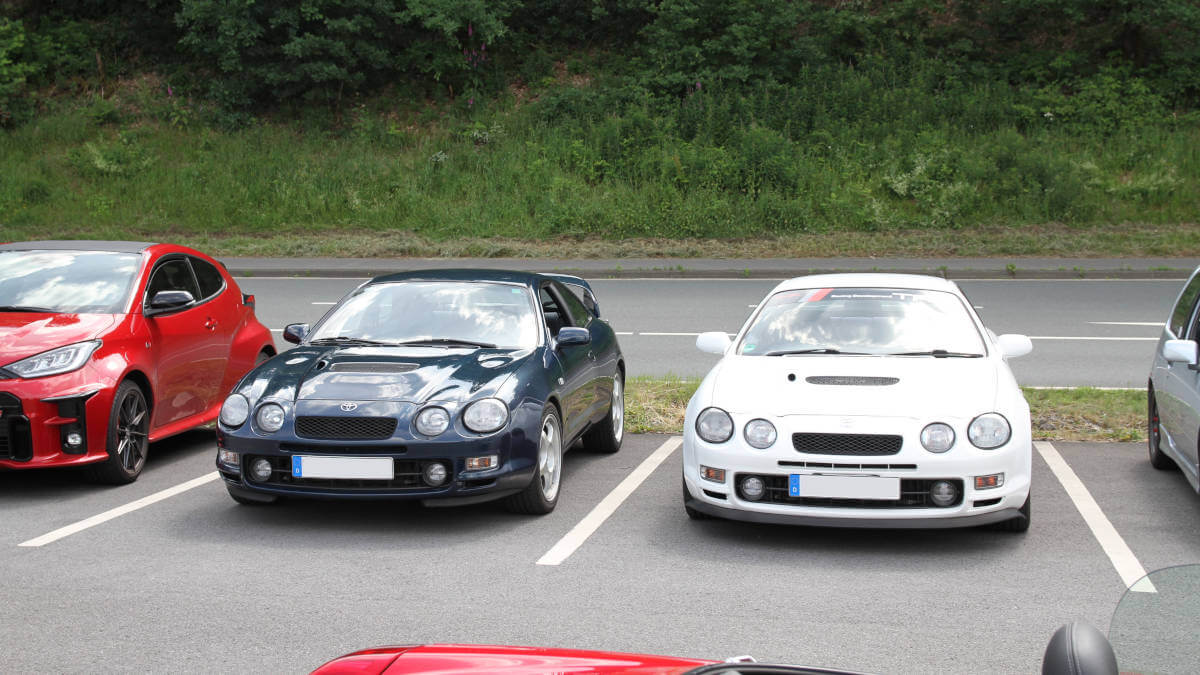



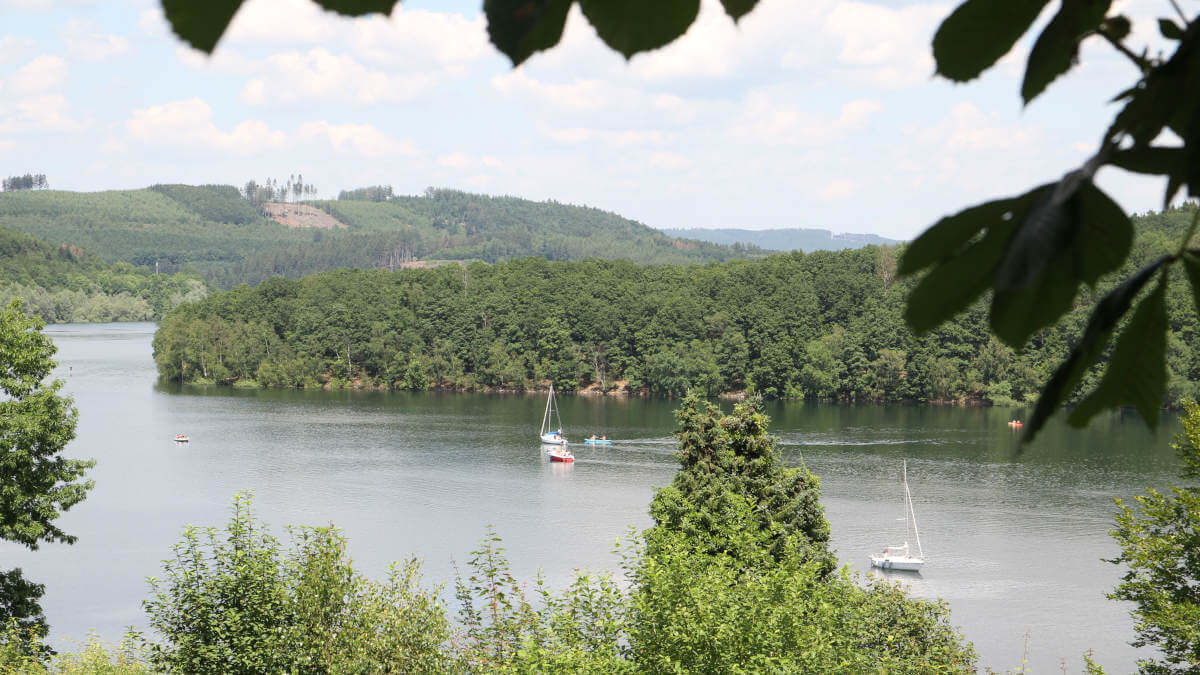



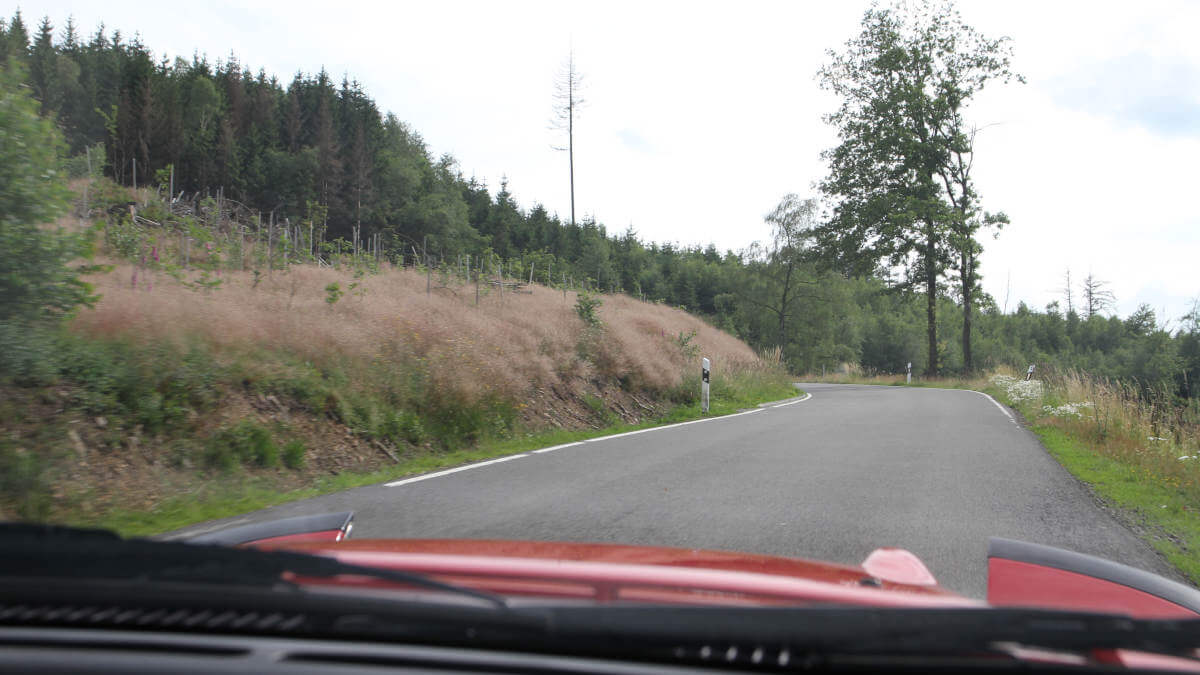



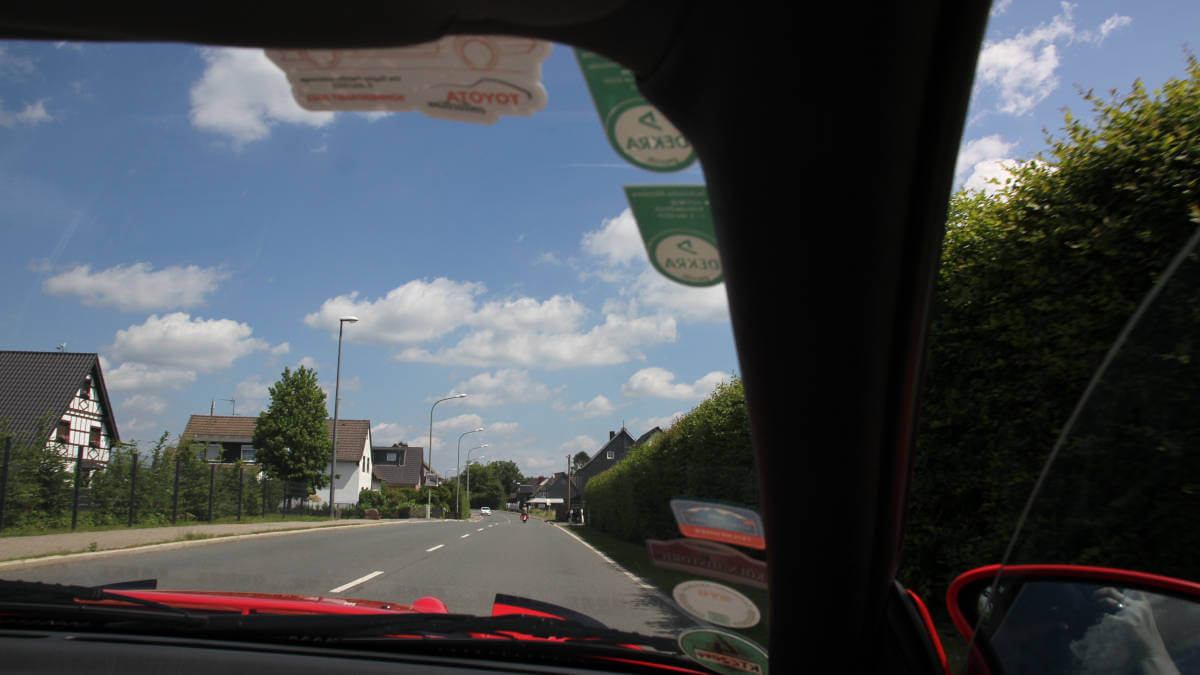



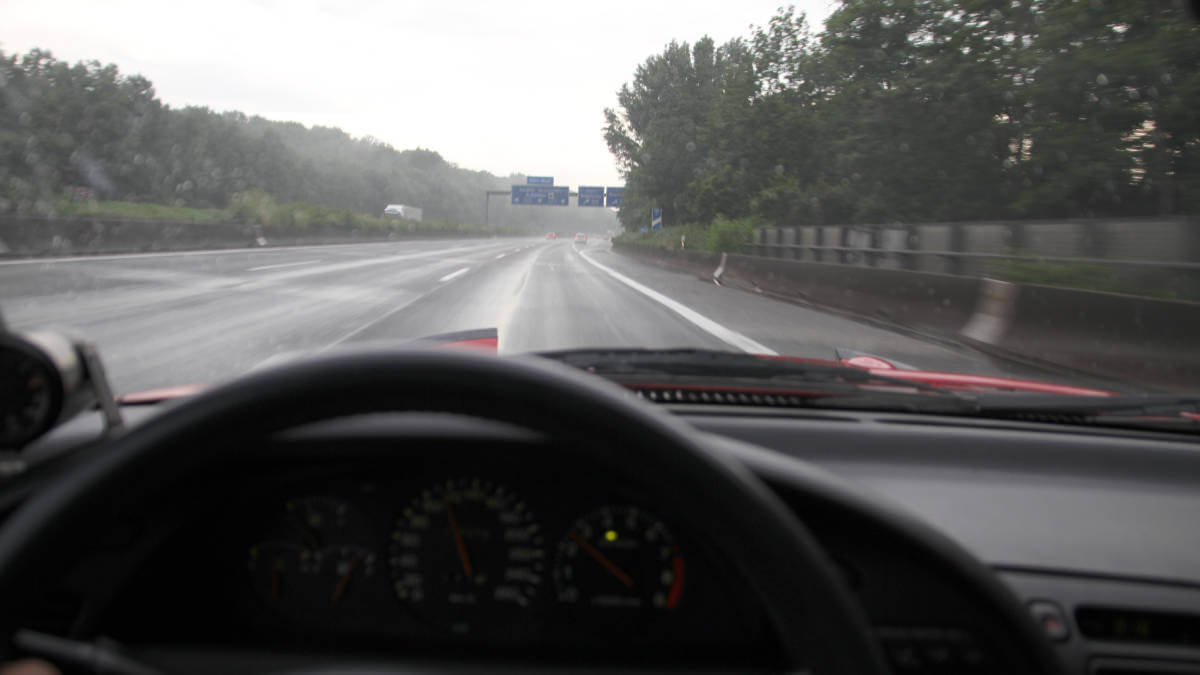



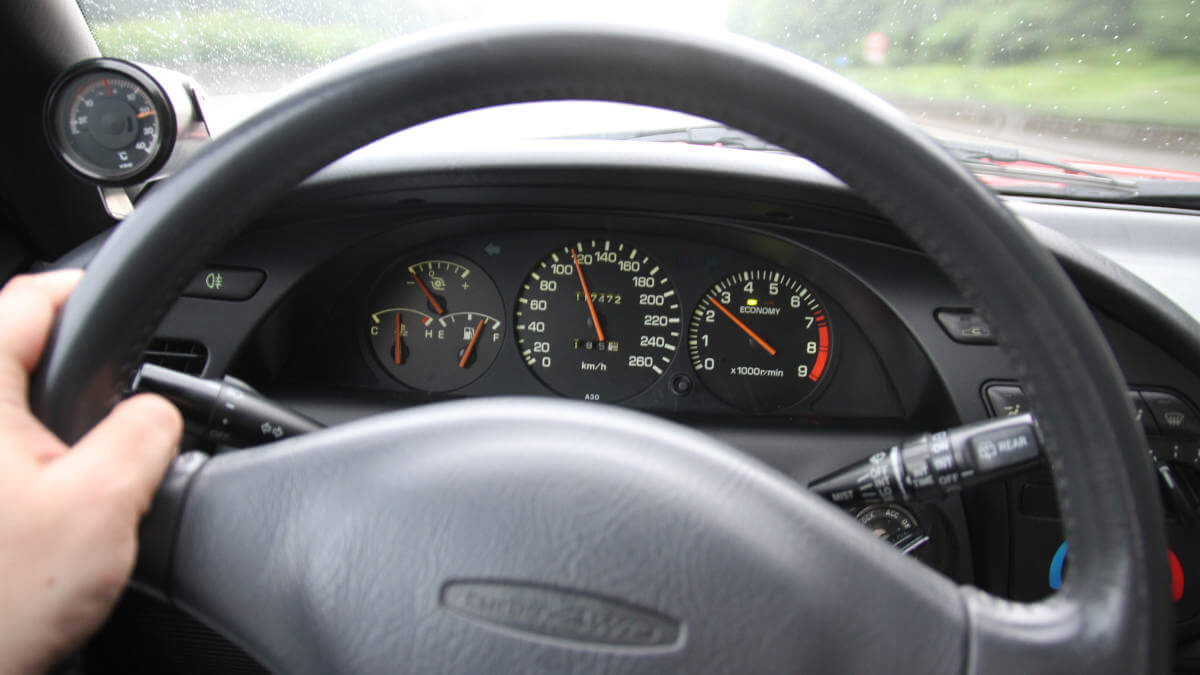



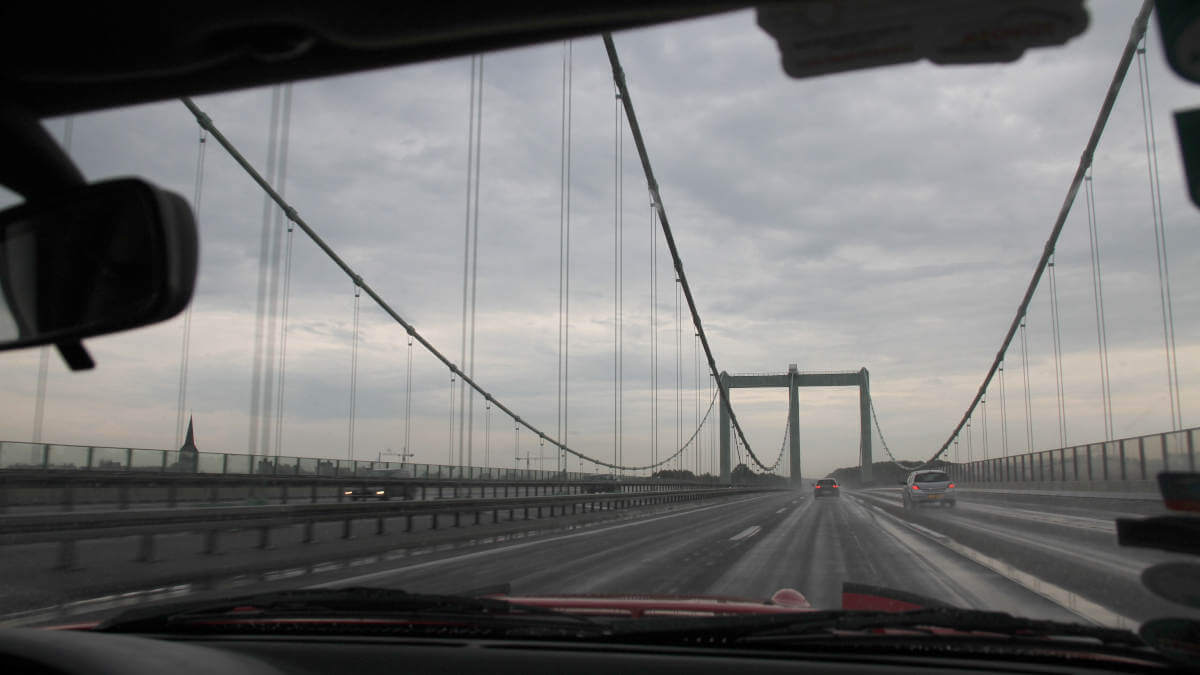



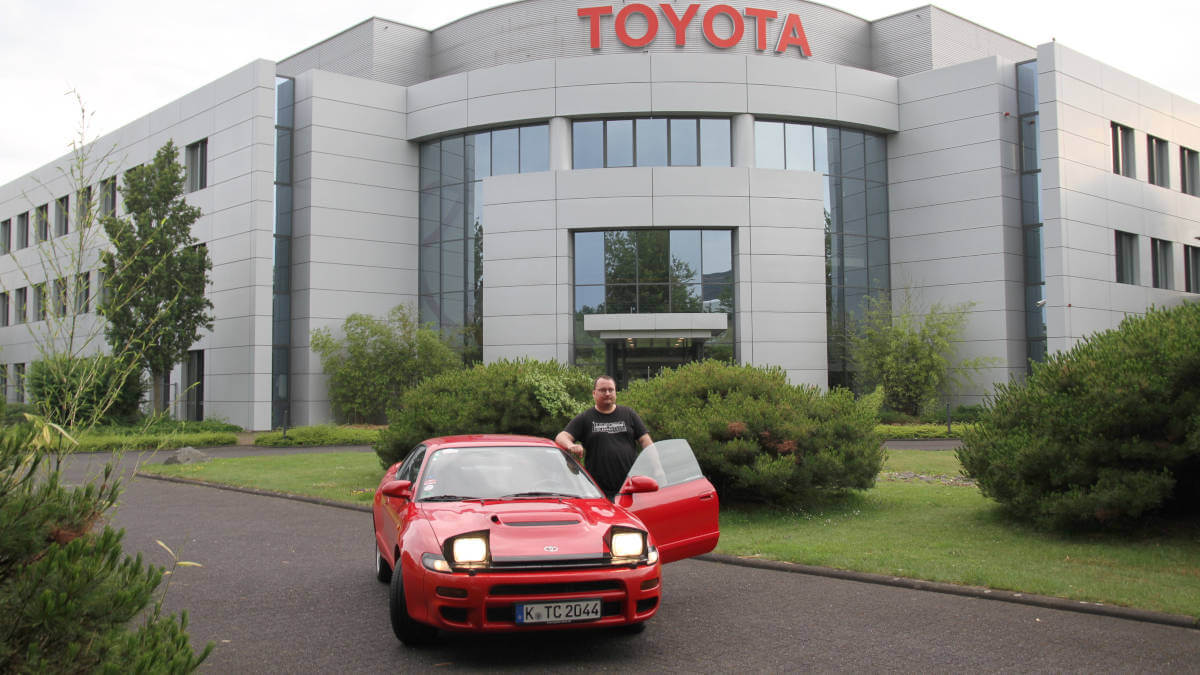



Extensive standard equipment
Back to the Toyota Collection summer drive and into the cockpit of the Celica. The signature of the two-time world rally champion can be found on the outside of the fenders as well as on a plaque on the center tunnel. The latter identifies this car as number 1,969 of 5,000. It’s a pity, because the number is seven too high to indicate Carlos Sainz’s year of birth. Otherwise, the interior of the special edition model is very restrained. Leather seats with good lateral support in row one, a likewise leather rear seat in the narrow rear and a sunroof are part of the equipment. There is also a detail that today’s children probably don’t even understand: A radio with cassette and CD player. In 1992, when the first examples of the Carlos Sainz edition rolled into dealerships, such a device was about as high-end as the latest iPhone is today. On our 250-kilometer tour, however, it remained switched off for most of the time.
You almost feel like Carlos Sainz
The two-liter turbo four-cylinder engine gave us a lot of pleasure on the road. For the special model, Toyota introduced a power boost that, from today’s perspective, would at best cause a brief laugh. An insane four horsepower more than in the normal Celica Turbo 4WD was available to customers and now also to us. After we had maneuvered ourselves out of the Cologne city bustle, we drove over beautiful country roads into the Bergisches Land and then into the southern Sauerland. There the Toyota could show what it is made of. At the Biggesee we stopped at Ommi Kese. Afterwards we went back on side roads and highways. On the way we found several interesting place names, which you probably only know as a resident or relative. After about 250 kilometers we had to return the keys to the Celica back to Toyota. Too bad, we would have liked to feel like Carlos Sainz a little longer. Would be interesting to know how many of the 680 Celica Turbo 4WD Carlos Sainz once sold in Germany are still around.
Images: Toyota, Toyota Collection, Jack Kulcke, Katrin Kierse, Matthias Kierse




